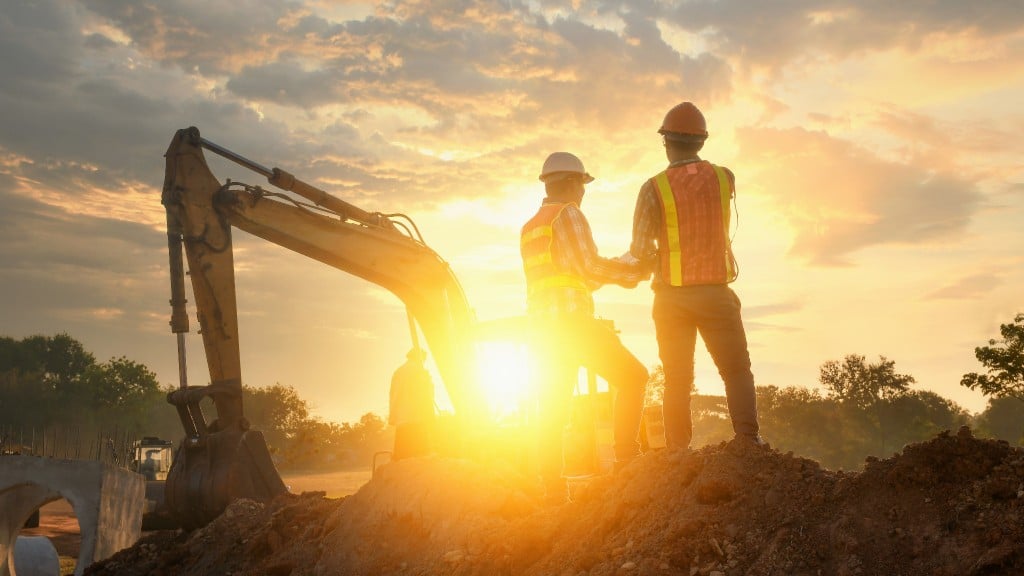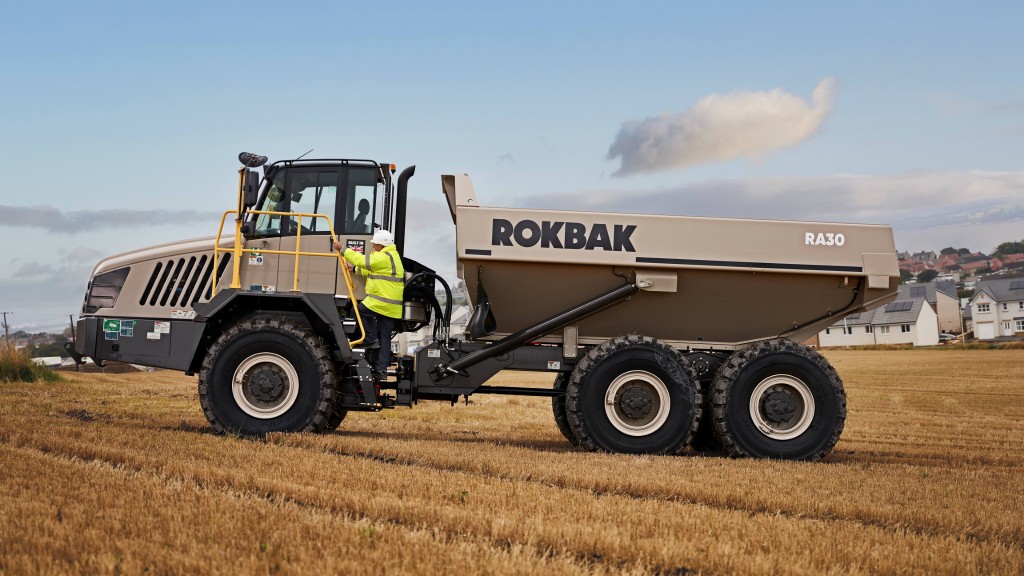Refactor your construction equipment acquisition plan in an era of economic uncertainty and constrained lending

It's predicted that Canada may face a recession in 2024, but some experts believe it's already here, having started back in 2023. During such uncertain economic times, banks and traditional lenders tend to be extra conservative, opting to scale back lending and financing, and/or increase interest rates.
This trend is likely already impacting construction companies – even those with good credit ratings – forcing construction companies to postpone the acquisition of new equipment and continue "making the best of it" with older existing machinery.
Equipment procurement is critical for construction projects but is a costly proposition – and even more so without credit – making it difficult for businesses to find the necessary funds without straining their budgets or disrupting cash flow.
This is where equipment leasing, as part of a well-executed construction equipment acquisition plan, can increase profitability, accommodate growth, and reduce the risks of maintaining outdated assets.
Equipment purchasing vs. leasing – pros and cons
Whether you're broadening the scope of your existing company or contracting a major project, having the right equipment to get the job done is a necessity. However, purchasing equipment outright is not always the best option.
Purchasing your construction equipment comes at a much higher upfront cost, and the ownership of equipment can be a significant liability for your company. This could be worthwhile if your company uses the equipment regularly.
Many companies choose to finance equipment by offering a down payment and monthly payments (including interest) until it is paid off. Equipment ownership offers financial advantages, such as tax benefits/tax write-offs and asset value. While these benefits are significant, the ultimate question to ask before purchasing is: Will I get my money's worth?
Other advantages of purchasing equipment include the ability to customize the equipment to your needs, no usage restrictions, adding value to your company with a new asset, and generally being more cost-effective in the long run.
However, there are also disadvantages of purchasing equipment that must be considered. These include paying a high initial cost, even when financing, being responsible for maintenance and associated costs, acquiring some depreciation costs, paying monthly interest on your loan, getting stuck with outdated equipment that still needs paying off, being responsible for equipment storage and transport, and having to pay equipment insurance costs.
Alternatively, leasing enables equipment acquisition with little or no money, making replacing outdated equipment more manageable and cost-effective.
A lease is a contractual agreement between two parties where one owns the property or equipment and rents it to the other for an extended period in exchange for periodic payments. A lessor would rent construction equipment to the lessee for a set time while the latter makes payments throughout the lease term. Leasing equipment can be ideal for business owners who are not yet ready to purchase equipment but need the machine for longer than a few months.
Leasing equipment is dissimilar to renting because it typically covers a longer period of time, such as 24-48 months. A lease also differs from renting because there is more flexibility in options outside of returning the equipment at the end of the contract.
When a lease expires, you can choose to return the equipment, renew the lease, or, in some cases, purchase the equipment outright. The benefits of leasing equipment include avoiding the upfront cost of a down payment, the option to buy if you like the model, the ability to regularly upgrade your equipment at the end of each contract, and reduced maintenance costs. You also have the option to extend your contract, if desired.
Leasing rather than buying equipment can offer some compelling benefits for businesses. By choosing to lease, you don't have to make a cash purchase, as 100 percent of the costs are covered and no down payment is required. This can help preserve your business' credit line, allowing you to borrow money for other business needs.
Another advantage of leasing is that it allows you to bundle soft costs, such as engineering, software, freight, installation, and service, into one unified payment. In this way, you don't have to make expensive up-front investments, sparing business cash reserves.
With leasing you avoid large upfront costs and instead pay for the equipment as you benefit from its use. This means your equipment can be used to start generating income for your business right away – often greater than the cash outlay for your lease payment. Additionally, lease payments can be lower than traditional debt payments or direct cash outlay, which can increase your purchasing power.
Leasing also offers tax benefits, as your lease payments are an expense that can be used as a write-off on your financials. Plus, you can spread the sales tax (GST, HST, and/or PST) out over your lease term, allowing you to apply tax write-offs over several years.
Finally, leasing offers super flexible terms, which means that your lease can accommodate your business's unique circumstances. For example, you may be able to get flexible payment terms for seasonal businesses, skip payments, or stick with standard low monthly payments. A well-structured lease should align with current needs and budgets while preparing for future upgrades and business fluctuations.
When the going gets tough, the tough get going
To properly secure your business's future, you must focus on where your company is headed and ask: Have I secured contracts? What does my work-in-progress report look like? Have I budgeted for income projections based on work I've secured for the coming year?
Acquiring the right equipment at the right price enables businesses to take on more significant projects and build a solid foundation for future expansion - crucial in a challenging economy.
Financing is a necessity, particularly for enterprise-grade production-class equipment. As the top five banks restrict their lending, businesses must find a way to sustain and grow; this is where equipment leasing can be a timely and savvy strategy.
Given Canada's tightened lending environment, it's prudent to consider alternative financing sources such as leasing. Short-term equipment leasing conserves capital and provides 100 percent financing with no down payment required. It is a hassle-free financing option for specialized industries that are unable to secure flexible funding through traditional lenders.
Nelson Abelha is a regional vice president at First Financial Canadian Leasing.



